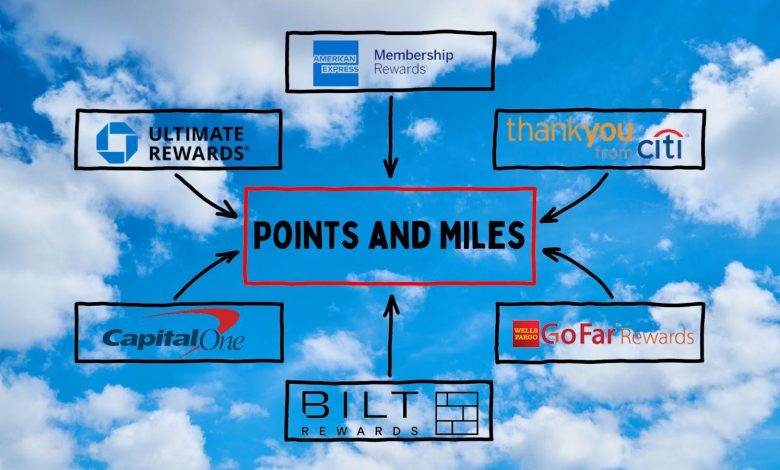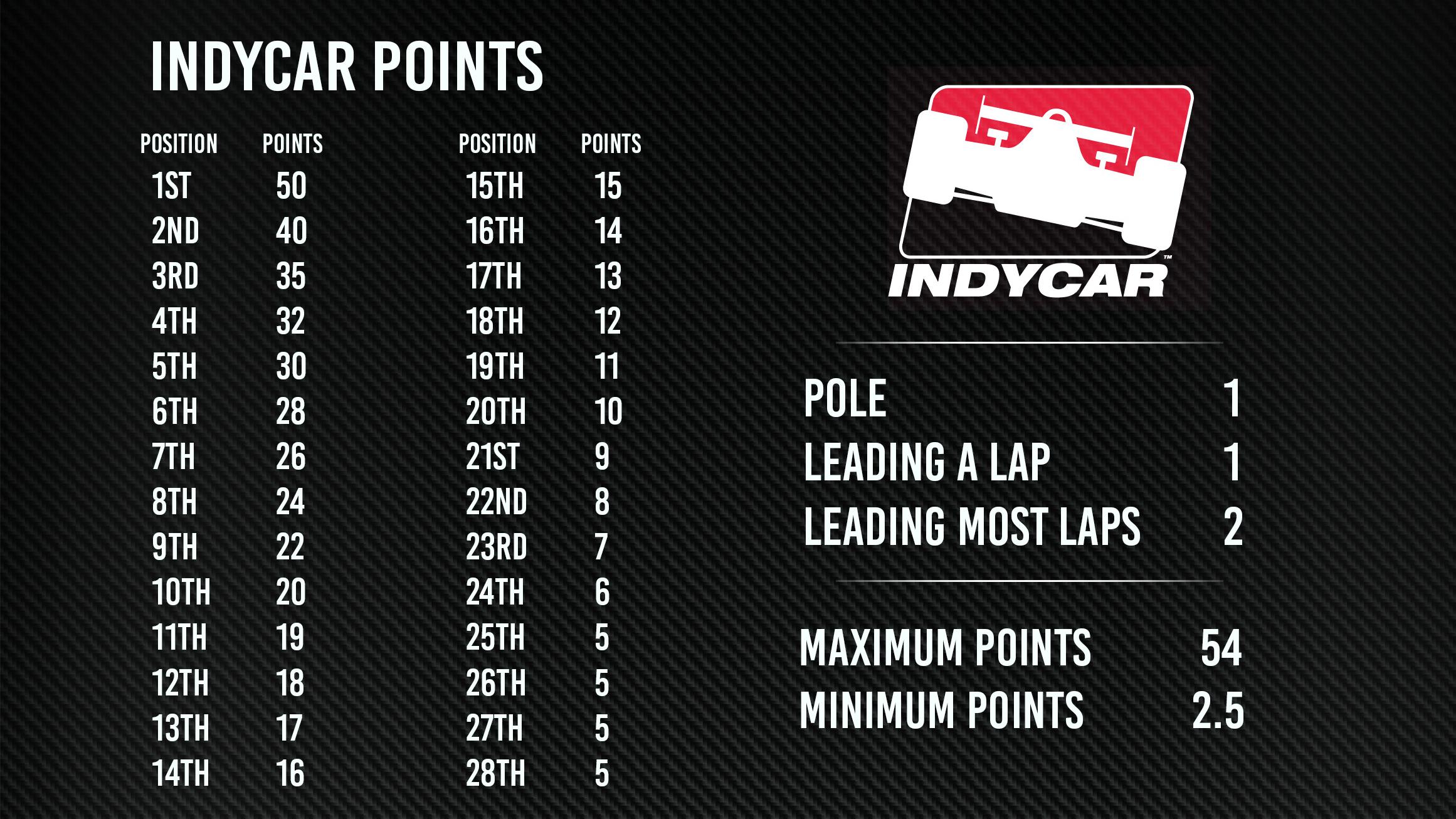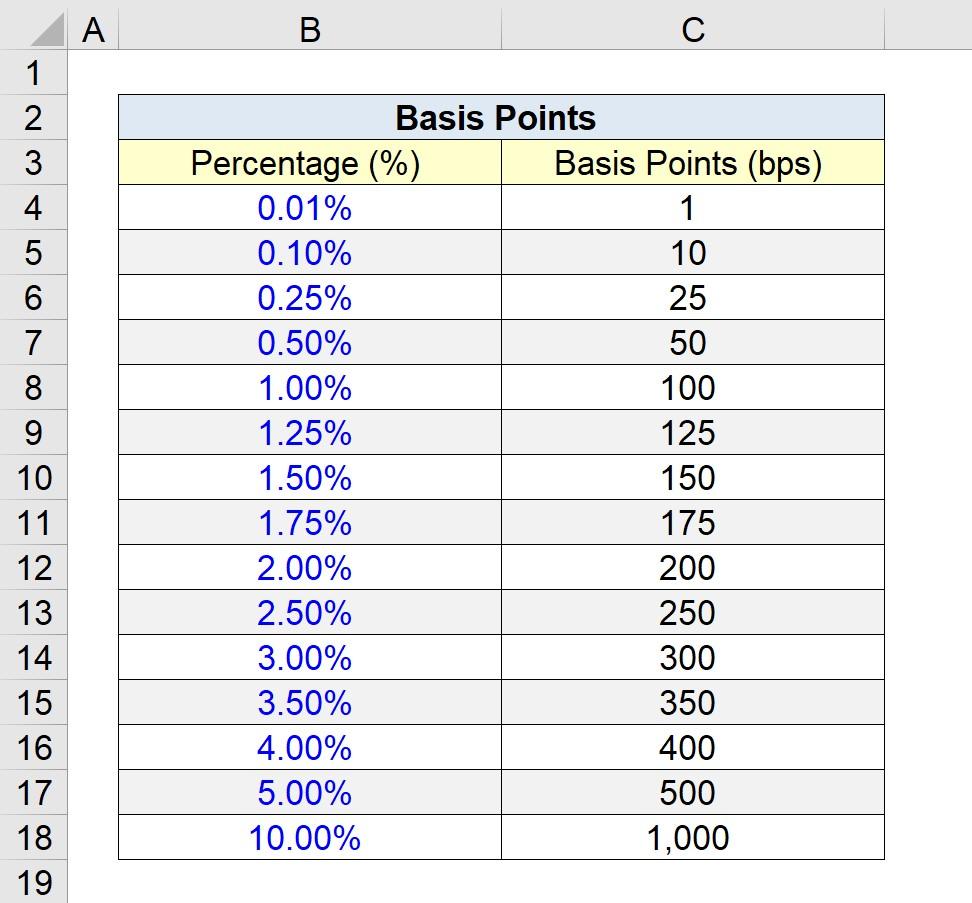
In today’s fast-paced world, consumers are increasingly seeking ways to maximize the value of their spending. Loyalty programs have emerged as a popular tool for achieving this, offering rewards and benefits that encourage customer retention and engagement. However, with a myriad of programs available across different sectors—ranging from airlines and hotels to retail and dining—navigating these options can be daunting. This complexity is further compounded when individuals participate in multiple programs simultaneously, each with its own set of rules and redemption structures. This article aims to explore the strategies and methodologies for effectively combining points across various loyalty programs, providing insights into how consumers can optimize their rewards. By analyzing the benefits and challenges associated with point consolidation, we will offer a comprehensive guide to help individuals make informed decisions and maximize their loyalty program benefits.
Understanding Points Systems Across Different Programs
In the world of rewards and loyalty programs, understanding the nuances of various points systems is crucial for maximizing benefits. Each program operates under its unique set of rules, offering distinct ways to earn and redeem points. Airline programs, for instance, often reward miles based on the distance flown and ticket class, while hotel loyalty programs might offer points per dollar spent on stays. Credit card rewards can further complicate matters, as they frequently provide points across different categories like dining or travel, which can be transferred to other programs.
To effectively combine points across multiple programs, one must first identify programs that offer transfer partnerships. These partnerships allow members to move points from one program to another, often at a specific conversion rate. Here are some key considerations:
- Transfer Ratios: Understand the conversion rates between programs to avoid losing value during transfers.
- Promotions and Bonuses: Look out for special promotions that might offer bonus points for transfers.
- Expiration Policies: Keep track of expiration dates to ensure points don’t go to waste.
By strategically leveraging these partnerships and understanding the intricacies of each program’s point system, members can significantly enhance their rewards and optimize their travel experiences.
Evaluating the Transferability and Value of Points
When assessing the potential of transferring points between loyalty programs, it’s crucial to evaluate both their transferability and intrinsic value. Not all points hold equal worth, and understanding the conversion rates can significantly impact your rewards strategy. Here are some key considerations:
- Conversion Ratios: Analyze the conversion ratios between programs. A 1:1 transfer might seem ideal, but often programs offer less favorable rates, which could diminish the value of your points.
- Transfer Fees: Some programs impose fees for transferring points. Weigh these costs against the potential benefits to ensure you’re making a worthwhile exchange.
- Redemption Options: Evaluate the redemption options available in the target program. More flexibility and a wider range of rewards can enhance the overall value of transferred points.
Understanding these factors allows you to maximize the utility of your points and tailor your approach to align with your travel or lifestyle goals. Always keep an eye on program changes, as they can affect transferability and value, potentially altering your strategy.

Strategies for Maximizing Points Conversion Benefits
Maximizing your points conversion benefits requires a keen understanding of the various programs and how they interconnect. Start by evaluating the transfer ratios among the programs you participate in. Not all points are created equal; some programs offer better conversion rates than others. Look for opportunities where your points can be transferred to another program at a higher value. For example, some hotel loyalty programs allow you to convert points to airline miles at a favorable rate, potentially enhancing the overall value of your points.
Consider leveraging transfer bonuses that are periodically offered by many programs. These bonuses can significantly increase the value of your converted points, making it a strategic time to transfer. Another strategy is to consolidate points from smaller, less frequently used accounts into a primary account where you can better utilize them. By pooling your points in this way, you can reach higher redemption thresholds and unlock premium rewards that might otherwise be out of reach.
- Evaluate transfer ratios: Not all conversions are equal.
- Utilize transfer bonuses: Wait for promotions to maximize value.
- Consolidate points: Pooling points can lead to better rewards.

Tools and Resources for Seamless Points Integration
To efficiently manage and integrate points across various loyalty programs, having the right tools and resources is essential. Points.com is a popular platform that allows users to track, manage, and even trade points from different programs in one place. By aggregating all your loyalty accounts, it provides a comprehensive view of your points balance, helping you make informed decisions about transfers or redemptions. AwardWallet is another invaluable resource, known for its capability to track expiration dates and send alerts for upcoming expirations, ensuring you never lose out on earned rewards.
For those seeking to optimize their point strategies, The Points Guy offers expert advice and tips on maximizing points value. The site includes calculators that assist in evaluating the potential benefits of transferring points between programs. Additionally, LoyaltyLobby provides up-to-date news on promotions and changes in loyalty programs, allowing you to adapt your strategies promptly. Utilizing these tools not only simplifies the integration process but also enhances your overall loyalty program experience.



